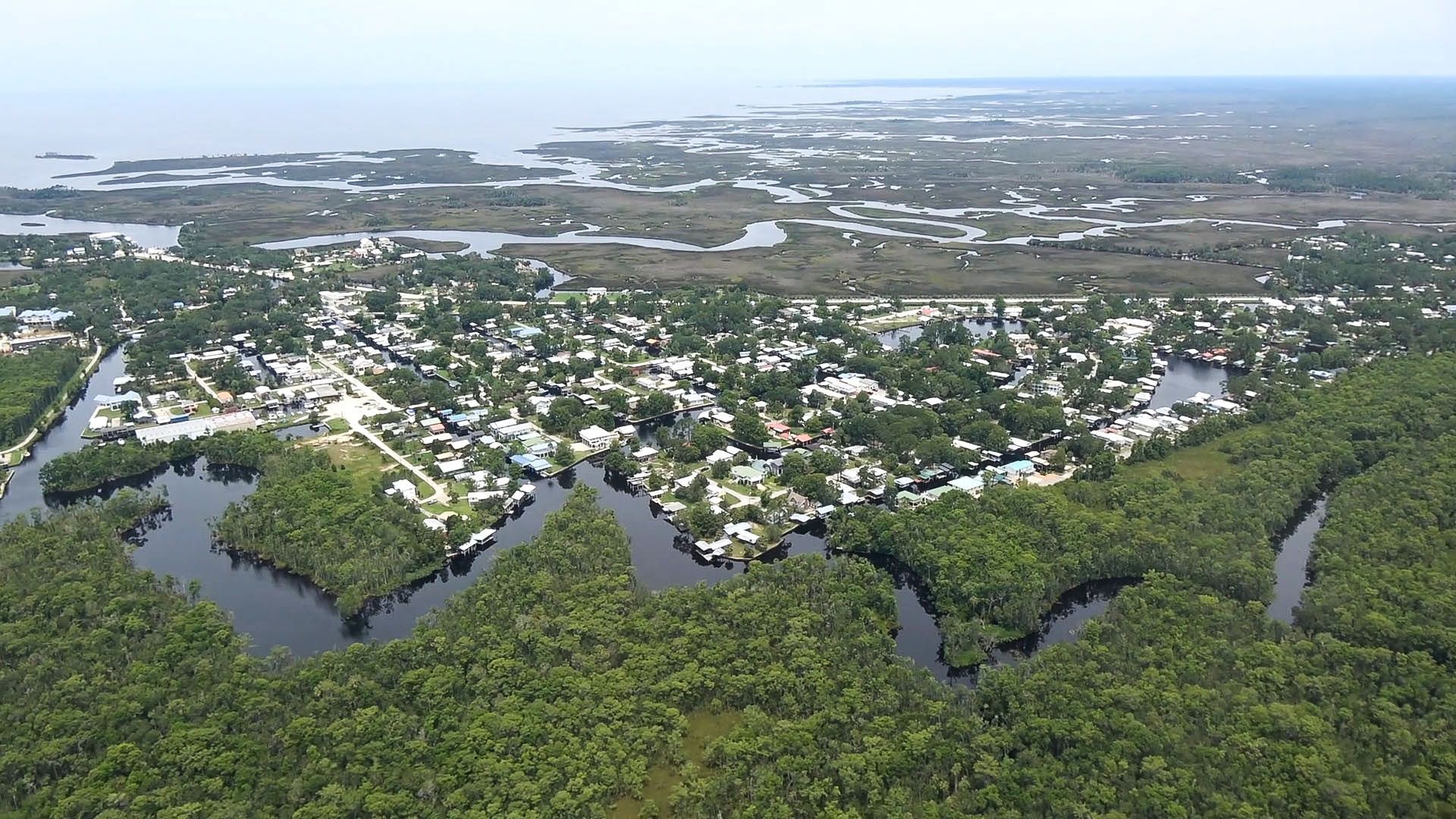The Suwannee River
The Suwannee River is a federally designated wild river. It is the only major waterway in the southeastern United States that is still unspoiled.
The Suwannee flows from the Okefenokee Swamp in southern Georgia to the Gulf of Mexico in Florida. It winds for almost 266 miles through swamps, high limestone banks, hammocks of hardwood, and salt marshes. It is said to have about 80 springs along the way. The river’s limestone outcroppings and a drop in elevation create Florida’s only whitewater rapids at Little Shoals and Big Shoals located several miles upstream from the city of White Springs.The river rises in the Okefenokee Swamp, emerging at Fargo, Georgia. The river then runs southwest into Florida, dropping in elevation through limestone layers resulting in Florida’s only whitewater rapids. It then turns west near White Springs, Florida, receiving the waters of the Alapaha and Withlacoochee Rivers, which together drain much of south-central Georgia. This meandering forms the southern border of Hamilton County, Florida. It then bends south near Ellaville, then southeast near Luraville, receives the Santa Fe River from the east just below Branford, then south again to the Gulf of Mexico near the town of Suwannee.
Tumucuan Indians were living on the banks of the Suwannee River when the Spanish explorers came to what is now north Florida in the 1530s. The Suwannee River formed the boundary between the Timucuan on the east and the Apalachee Indians on the west.
To the Timucuan of north central Florida, the Suwannee was a river sacred to their Sun God. To them, the Moon of the Suwannee put the colors of the rainbow into the earth. The Sun drew the colors out in flowers.
The Timucuan Indian word Suwani means Echo River. Some think that is the origin of the Suwannee River’s name. Others say Suwannee means River of Reeds, Deep Water, or Crooked Black Water. Tannic acid from decaying palmetto roots and vegetation causes the blackness of the water.
In the 1700s the Seminole Indians, or “wanderers” from the Creek tribe of Georgia were on the Suwannee. Old logs buried deep in the river were perhaps once parts of rafts on which they drifted down from Georgia.
The steamboat Madison, a floating country store, was on the Suwannee before the Civil War. Captain James Tucker owned and operated the sternwheeler. He carried items that he traded for money, cowhides, beef, tallow, chickens, eggs, hogs, deerskins, venison, beeswax, honey, gum resin, lumber, cotton, or whatever else came his way.
The Madison wasn’t large. But her whistle was loud and heard for miles along the river. It called farmers, woodsmen, and planters to come to the boat landing on the run with their goods. Sometimes the Captain and crew threw down nickels as they docked. There was a wild scramble on shore. A nickel was worth a lot back then.
When the Civil War began, Captain Tucker raised a company of Confederate soldiers. He took them aboard the Madison. One night they slipped out from the Suwannee and captured a federal gunboat.
When Captain Tucker and his company received orders to report to Virginia, some folks asked for the Madison to help deliver corn. Times were bad and people were starving. Captain Tucker said yes, if the people would sink the Madison in the Suwannee when they were finished with her. When the river is not too high and overflowing at White Springs, you can still see her hull there.
After the Civil War, steamboats were going full blast on the Suwannee. They were flat-bottomed and had two decks. They were wood-fired and had two stacks. The pilothouse was on top. Some were only for freight. Others had accommodations on the top deck for passengers.
The steamboats traveled down the Suwannee River to the Gulf. Then they went on to Cedar Key, a thriving port fifteen miles south of the mouth of the Suwannee. Some of the steamboats were the Louisa, the David Yulee, the Belle of the Suwannee, and The Three States. The last boat to operate on the river was The City of Hawkinsville. She tied up for the last time on the bank of Old Town not far from the mouth of the river in 1923.
Stephen Foster became America’s first professional songwriter in the 1800s. He wrote more than 200 songs with tunes and lyrics that captured the heart and spirit of the nation.
While writing “Old Folks at Home,” Foster had difficulty finding the right words to complete a verse joining his image of a beautiful river and longings for family and home. It is said the he was favoring the Peedee River (sometimes spelled Pedee) in North and South Carolina when his brother suggested the Suwannee River after consulting a world atlas. The words fit, and “Way down upon the Suwannee River’ was on its way to making the Suwannee River famous around the world.

